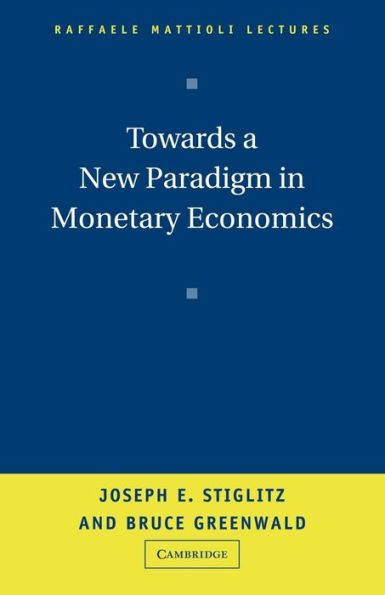5
1
9780521008051



Towards a New Paradigm in Monetary Economics available in Hardcover, Paperback

Towards a New Paradigm in Monetary Economics
- ISBN-10:
- 0521008050
- ISBN-13:
- 9780521008051
- Pub. Date:
- 09/04/2003
- Publisher:
- Cambridge University Press
- ISBN-10:
- 0521008050
- ISBN-13:
- 9780521008051
- Pub. Date:
- 09/04/2003
- Publisher:
- Cambridge University Press

Towards a New Paradigm in Monetary Economics
$60.99
60.99
In Stock

Product Details
| ISBN-13: | 9780521008051 |
|---|---|
| Publisher: | Cambridge University Press |
| Publication date: | 09/04/2003 |
| Series: | Raffaele Mattioli Lectures |
| Edition description: | New Edition |
| Pages: | 344 |
| Product dimensions: | 5.47(w) x 8.50(h) x 0.91(d) |
About the Author
From the B&N Reads Blog
